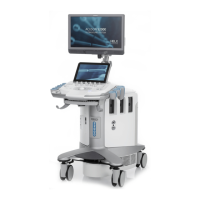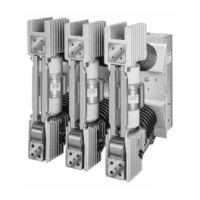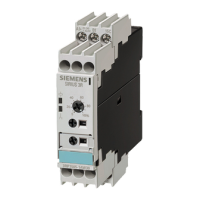7SR210 & 7SR220 Applications Guide
Page 44 of 48 ©2018 Siemens Protection Devices Limited
5.10 Load Blinder Design
5.10.1 Application view
It is important to observe the convention regarding Forward and Reverse directions of current.
Load Blinders are designed to block forward overcurrent elements from tripping during defined load conditions.
User settings 21LB-1/3P Impedance, 21LB-1/3P Angle +ve and 21LB-1/3P Angle -ve (‘a’, ‘b’ and ‘c’ in Figure
5.10.1-1 Impedance Setting and Angle Setting) allow the user to define the Blinder region depending on the
network configuration - specifically the line loading and fault levels.
The measured impedance:
a. Is used to confirm the forward or reverse flow of current i.e. load blinder operated.
b. Is used to confirm that current flow is outside the defined limits of load flow i.e. load blinder not operated.
The transition between operated and non-operated is subject to a 5 degree hysteresis adjustment.
+R
+X
Phase
Fault
Block
Zone
Load
Impedance
b
a
Nominal
Impedance
Z = 1p.u. =
V
L
/ (√3 x I)
c
-R
-X
Vpps value
Point 1
Point 2
Point 3
Point 4
0
360
Trip Level
I = Vs / Z
Operate
Zone
a = 21LB-3P Impedance
setting
b = 21LB-3P Angle +ve
setting
c = 21LB-3P Angle -ve
setting
Point 6
Point 5
Block
Zone
Load
Impedance
b
a
c
Point 7
Point 10
Point 9
Point 8
Figure 5.10.1-1 Impedance Setting and Angle Setting

